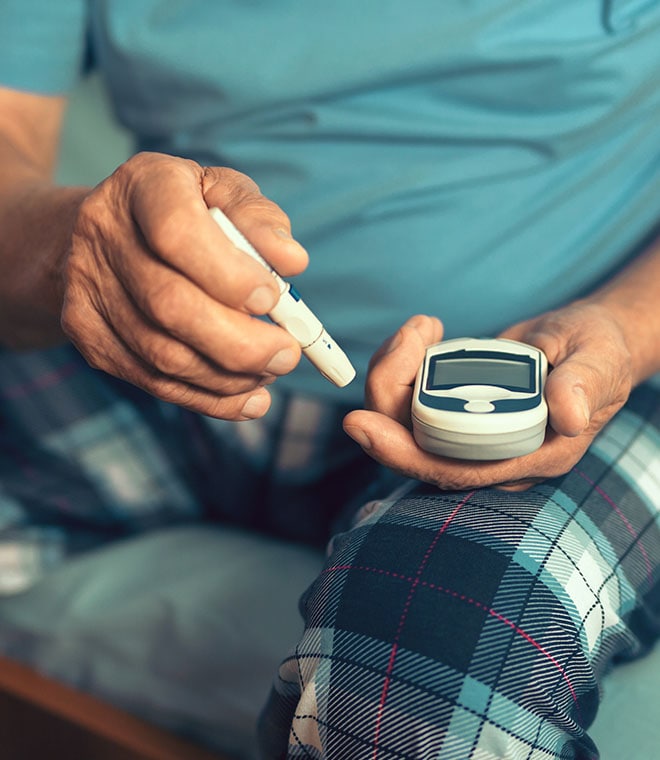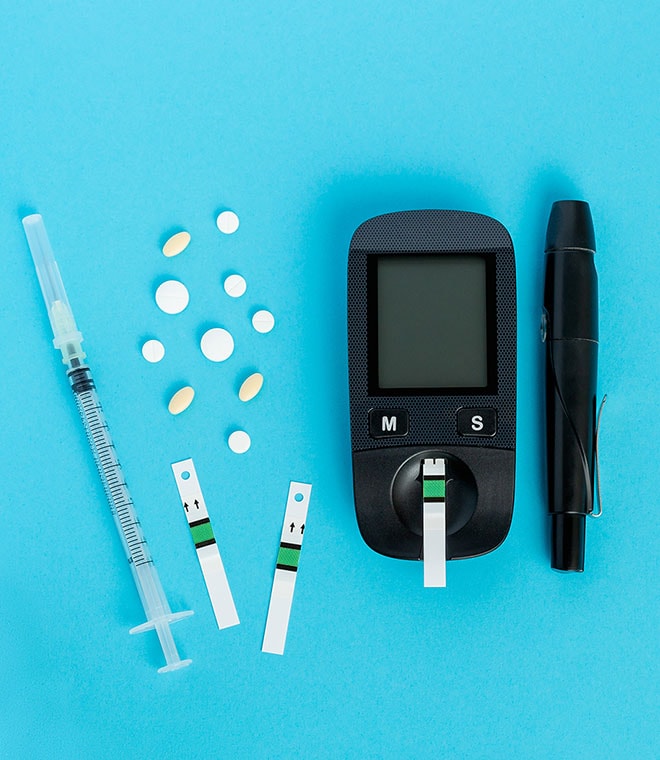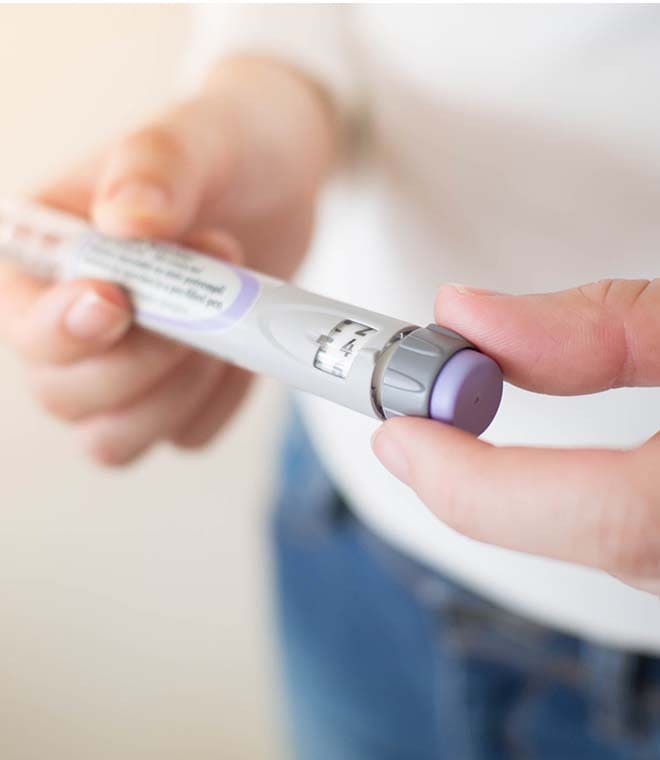Health
Sharpen up your needle knowledge
Jul 21, 2022 • 6 min
If you are living with diabetes and give yourself daily insulin injections, good needle technique is a must. Using a new pen needle or insulin syringe every time, and using a shorter needle, can make a big difference in how well you manage your blood sugar levels.
Why use a new needle every time?
When you’re injecting yourself with insulin several times a day to manage your blood sugar levels, using a new needle every time can seem unnecessary. But it turns out, there are some really good reasons to use a new needle for every insulin injection.
Whether you’re using a pen needle or an insulin syringe, using a brand-new needle is important for several reasons:
1. It decreases the risk of infection – A pen needle or insulin syringe is a sterile and precise medical tool that is meant for a single use only. After it’s used once, the needle is no longer sterile. If you reuse that needle, you’re increasing the risk of getting an infection.
2. It hurts less – Using a new needle every time makes each injection more comfortable. Each time a needle enters the skin, the needle gets less sharp. That means that reusing a needle damages it and makes the injection more painful – and that’s something that no one with diabetes wants to deal with day after day.
3. It prevents skin lumps – Another side effect of reusing a needle is that it can increase the risk that lumps will form under the skin. These tough little lumps – called lipohypertrophy – are not only unsightly, but they can also make it harder for future insulin injections to get into your body the way they should. Over time, if you don’t rotate your injection site, a buildup of “lipo lumps” can form a tough layer under the skin. Injecting into that layer can lead to inconsistent insulin absorption, which can make it more difficult to manage your diabetes.
Using a new needle every time – and rotating among injection sites so that you’re not always injecting in the same place – can help your make daily insulin injections more comfortable and more effective. When it’s time for your next insulin refill, ask your Walgreens pharmacist if you’re due for a needle refill as well. And be sure to talk with your healthcare provider about how to rotate among different injection sites in a way that works for you.
Shorter needles help insulin injections stay on target
When it comes to choosing a needle for insulin injection, size really does matter. Did you know that using a shorter needle can make injections more comfortable and lead to more consistent insulin absorption? If you don’t know what a difference needle length can make, here’s the long and the short of it:
Insulin should be injected into fat layer, not muscle
The insulin you inject each day is specifically designed to be injected into the layer of fat right below the skin. If you insert the needle too far, you’ll go all the way through the fat and into the muscle beneath. If that happens, your body may not absorb enough insulin, leading to high blood sugar and poor diabetes control.
A shorter needle makes it easy to inject into the right place
Pen needles and insulin syringes come in several lengths: 4 mm, 6 mm, and 8 mm and 12.7 mm are common choices. Shorter needles (6 mm or less) make it easier to keep the needle within the fat layer, where it’s supposed to be. Properly injected insulin works better, giving you better and more consistent blood sugar control.
With a shorter needle, you can be confident that your insulin dose is getting to the right place.
Have questions about what needle size you have? Want to try a shorter needle for your insulin injections? Talk to your healthcare provider or your Walgreens pharmacist.
Published on March 11, 2022.


